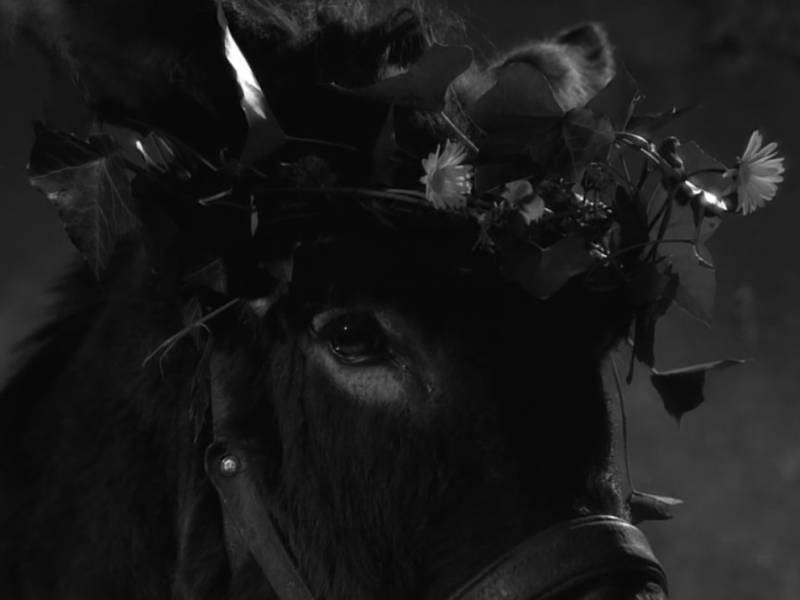
Films zoals die van Bresson, die afhankelijk zijn van de kracht van suggestie en dus in extreme mate afhankelijk zijn van het reactievermogen en de reactiebereidheid van de toeschouwer, die een kluwen van verbanden, referenties en krachten verbeelden, laten zich onmogelijk herleiden tot een eenduidige, lineaire en onomkeerbare verhouding tussen oorzaak en gevolg. De vrijheid die Bresson zijn publiek laat, stemt overeen met zijn houding als kunstenaar ten opzichte van de werkelijkheid. Wat hij met de vorm van zijn films vastlegt is slechts reliëf; wat men niet ziet is cruciaal en pas in de stilte en sprakeloosheid achter wat men hoort, komt in de eenzaamheid het eigenlijke drama van deze film boven.